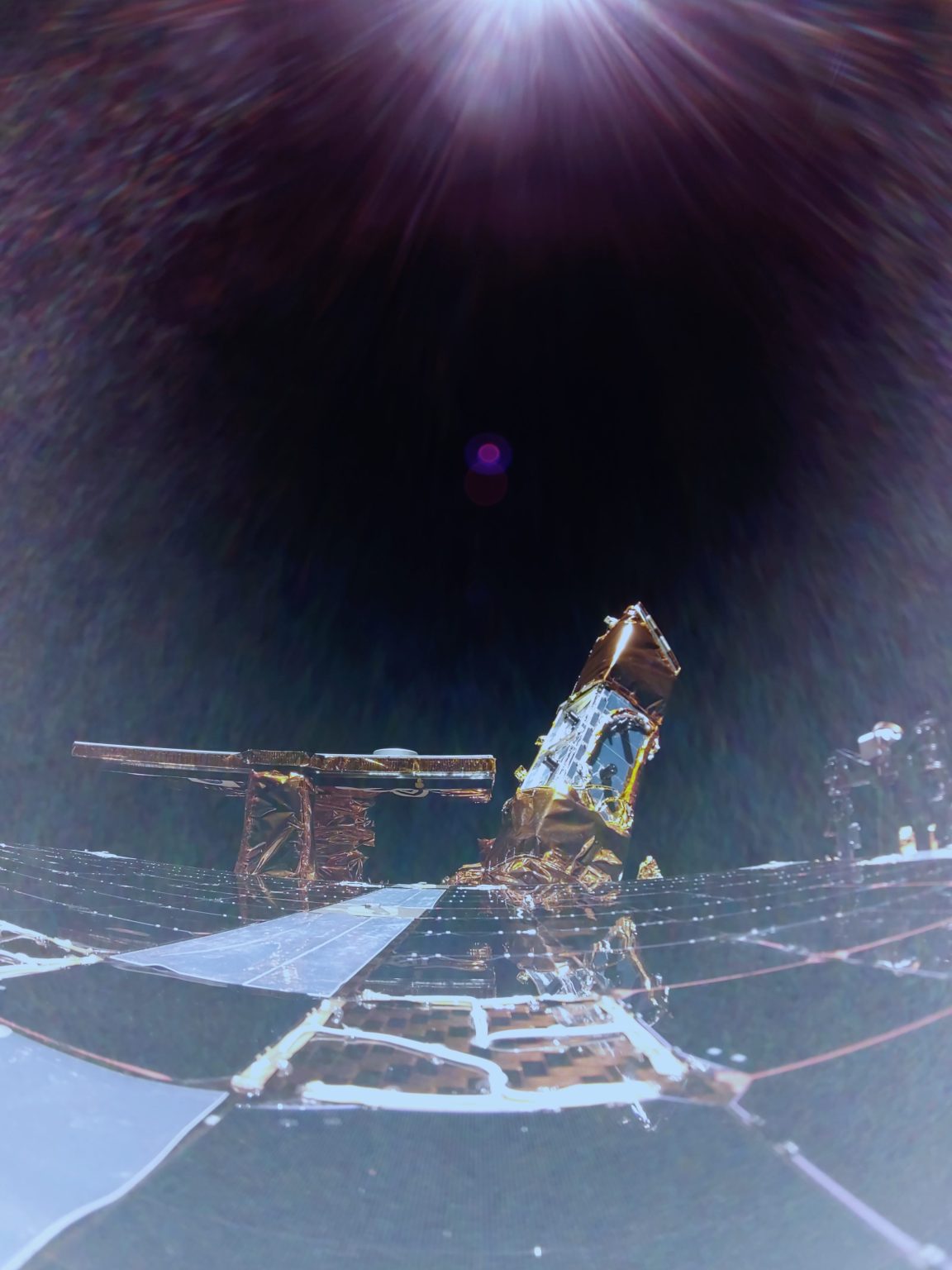
NASA Space Technology has big travel plans for 2025, starting with a trip to the near side of the Moon!
Among ten groundbreaking NASA science and technology demonstrations, two technologies are on a ride to survey lunar regolith - also known as "Moon dust" - to better understand surface interactions with incoming lander spacecraft and payloads conducting experiments on the surface. These dust demonstrations and the data they're designed to collect will help support future lunar missions.
Blue Ghost Mission 1 launched at 1:11 a.m. EST aboard a SpaceX Falcon 9 rocket from Launch Complex 39A at the agency's Kennedy Space Center in Florida. The company is targeting a lunar landing on Sunday, March 2.

NASA Space Technology on Blue Ghost Mission 1
NASA's Electrodynamic Dust Shield (EDS) will lift, transport, and remove particles using electric fields to repel and prevent hazardous lunar dust accumulation on surfaces. The agency's Stereo Camera for Lunar Plume-Surface Studies (SCALPSS) technology will use stereo imaging to capture the impact of rocket plumes on lunar regolith as the lander descends to the Moon's surface, returning high-resolution images that will help in creating models to predict regolith erosion - an important task as bigger, heavier payloads are delivered to the Moon in close proximity to each other.
The EDS and SCALPSS technologies will be delivered to the Moon on Firefly's first Blue Ghost mission, named Ghost Riders in the Sky, as part of NASA's CLPS (Commercial Lunar Payload Services) initiative. Its landing target is a 300-mile-wide basin located on the Moon's near side, called Mare Crisium - a large, dark, basaltic plain that filled an ancient asteroid impact. First-of-their-kind experiments will deploy after landing to gather important data in a broad spectrum of areas including geophysical characteristics, global navigation, radiation tolerant computing, and the behavior of lunar regolith.






